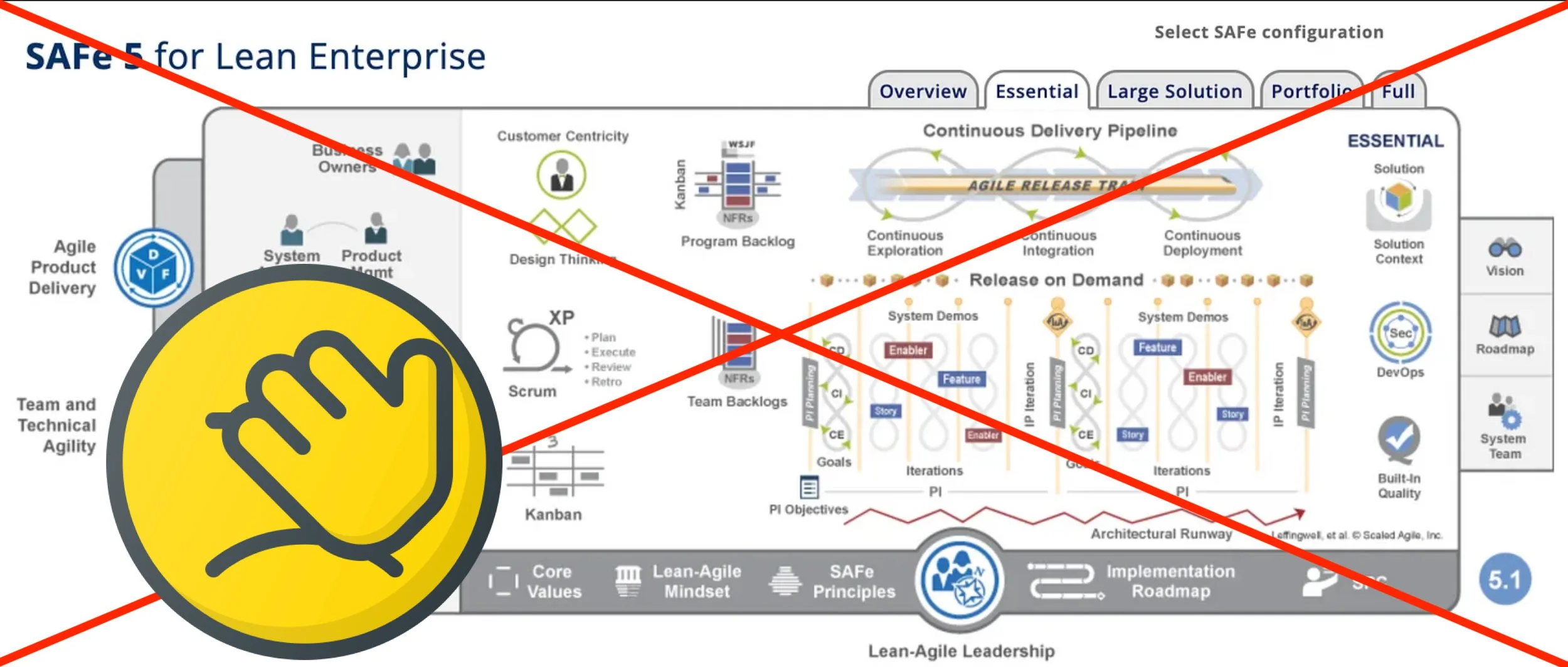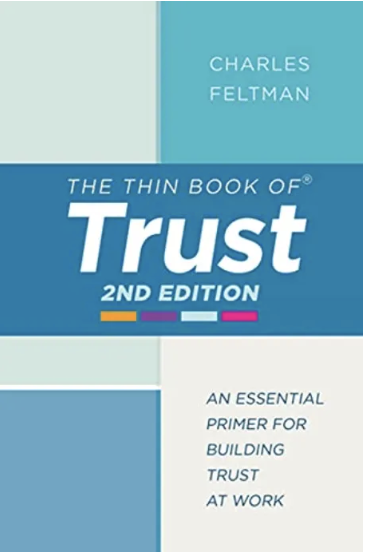5 Takeaways from a week with some of the world's best product coaches
Welcome to 2023! I hope it’s off to a great start for you. This is a short post to kick off the year as my writing brain is heating back up.
I feel incredibly blessed coming into 2023. Just before the holidays, I was one of 50 product coaches invited to a coach-the-coaches training in NYC led by the godfather of product himself, Marty Cagan (and his firm, SVPG).
Read below, or listen now on Apple, Spotify, Google, or Overcast.
We spent a week virtually, and then two very long days IRL, going deep on the cutting edge of product management, product leadership, and product org transformation. It was a full-circle moment for me, as Marty’s first book is what originally made me realize I wanted to go into product many years ago.
Here are my top five takeaways from all the conversations with these great minds—some I’ve learned before, some that are new, and some I’m re-learning from a whole new perspective.
5 takeaways
1) Product vision: hard, and worth it
Creating a compelling product vision is hard work that we undervalue. Done well, it should be emotionally compelling and aligning to everyone on the team, and your strongest recruiting tool. If it’s not….well, it might be time to rework it and make it live up to its potential.
Also, it’s called a vision for a reason: you should be able to see it, show it to people. It should be emotionally compelling. Most people haven’t seen a good vision, so here are three to give you the idea:
Elon Musk isn’t the tech world’s favorite person right now, but he and SpaceX certainly have a great vision example
Apple’s Knowledge Navigator: done in 1987, and still compelling + prescient
The crazy thing?
Most people think it takes months and months to create compelling vision assets. It’s actually not that hard. It can be created in as little as 1-2 weeks, if you approach it right.
2) Innovation is inherently risky/unpredictable—can we please stop pretending otherwise?
🌶️ I’m gonna get a little spicy here. This is the one that really gets me.
<rant>
It seems that much of the world remains captivated by innovation theater. The “Scaled Agile Framework” (SAFe) has to be the worst culprit. Looking at their “simplified” diagram of what is “essential,” I have no idea what it means. It’s one of the worst examples of buzzword bingo I’ve seen. I know what each of the pieces mean individually, but together, they make no sense.
The simplified, “essential” version of SAFe…seriously?
My hunch at this time is that the idea that “the right process will save us! it will make it all work!” is frankly, toxic. It is not only wrong, but harmful, and also damn good marketing by the big consultancies.
Why it’s wrong: there is no formula for innovation, no recipe that will guarantee success. Yes, there are principles, patterns, and frameworks that are helpful. No, there is nothing and nobody who can 100% guarantee that an innovation will work. Reality is too messy for that.
Why it’s harmful: the big consultancies have sold business executives—whose ear they have—a complex process that requires clients to lease an army of people from the consultancy to implement that process. Process will not guarantee it. If I talk to someone trying to use SAFe to get a good product + org, I just wish them luck and tell them to call me in 2-3 years when they’ve torched a few million dollars and everyone is pissed off.
Why it’s effective marketing: the point of all of this was to make better products, faster, more efficiently. Yet somehow the companies buying SAFe missed the fact that they were sold a complex process that needs armies of humans to pull off. Who benefits from that? Big consultancies, who are in the business of leasing armies of intelligent humans to execute complex processes (which may or may not actually work). I think it’s no accident that the acronym is “safe” because these consultancies are playing to risk-averse execs who want to feel secure as they face an inherently unpredictable future.
Aside: I’m sad to say the same thing seems to have happened to most things “agile.” What’s going on in companies today bears little to no resemblance to what is in the original agile manifesto. Which, by the way, puts quality people and interactions with them above processes/tools on the very first line.
SAFe doesn’t work because innovation is an inherently unpredictable, risky game. There is no formula for innovation or strategy. It’s hard work. People can help, but you can’t “paint by numbers” your way there.
</rant>
So, what does work? Developing and scaling through strong product people and culture. Not process. Which, again, is the fundamental insight of the opening line of the OG agile manifesto! (This topic deserves its own standalone post.)
3) Leaders should spend 50-80%+ of their time on staffing & coaching
Most people look at that number and say “WHAT?!”
Yes. That much. If you’re a manager of people, your responsibility is to build a great team, cultivate an environment where those people can be their best, and coach them to the expression of their highest potential.
The amount of time and energy that it takes to staff and coach a team effectively is HUGE. And it’s possibly the highest ROI thing we do as product leaders.
If you’re a first-line manager—e.g. a Director of Product—this should probably be approaching 80% of your time. Most of your time should be invested in people.
Again: your #1 responsibility is not building the product, your #1 responsibility is building the people that build the product.
It’s a subtle but powerful reframe and mindset shift: you are not spending time on your people, you are investing it in them.
4) Onboarding: under-appreciated chance to level up competence and engagement
Far too many leaders just bring someone on, plug them into the regular cycle of 1:1s (if that), and assume it’ll just work out. It won’t.
This is abdicating responsibility #1: the development of your people.
Two powerful ideas—hat tip to Christian Idiodi—which I really love for onboarding new people is to (1) set up a regular new team member bootcamp, and (2) to really take care of those people throughout the whole process of their onboarding and first 90 days.
The first 90 days are critical. We’ve all thought about them when we’re the new person, but how much thought have we put into shaping those first 90 days for the new people on our teams?
Consider how much you can impact the emotional engagement and work relationships of a new team member by thoughtfully intervening at key touch points in those first 90 days. Once they’ve accepted an offer, we need to maintain and increase their excitement, connection, and competence in this new role.
Here are five important moments to be intentional about:
Going into the first day
After the first day
Going into their first weekend: recap the first week, and build excitement, giving them the words to tell their friends/family. Get them excited about where this is all going for them. (Note: they will likely use the language / framing you set them up with, which affects how their social environment thinks of their new role.)
When they get their first paycheck, and implicitly ask themselves if it was worth it and if they made a good decision joining you. (Note: this is a good time to give them their first development plan so they see a growth path.)
At their first end-of-quarter review (not the formal HR compliance one, the quarterly conversation about how they’re growing and how you’re helping them grow)
5) Trust is the sine qua non of transformation
It’s trite but true: without trust, you’ve got nothing.
Many failed products stem from the culture and company leaders, who don’t staff, develop, and trust strong people to build the right product. This is why it’s so hard for company leaders to let go of command and control, roadmaps, etc. They don’t feel they can give that level of trust to product (and they’re often right, by the way, when product hasn’t earned their trust).
Even more importantly, if you’re attempting to a digital transformation, nothing will happen without trust. Look at every level and relationship from the CEO through to lCs—how much trust do those relationships and operating rhythms really indicate?
To aid your efforts here, I recommend reading the short and excellent “Thin Book of Trust.”


